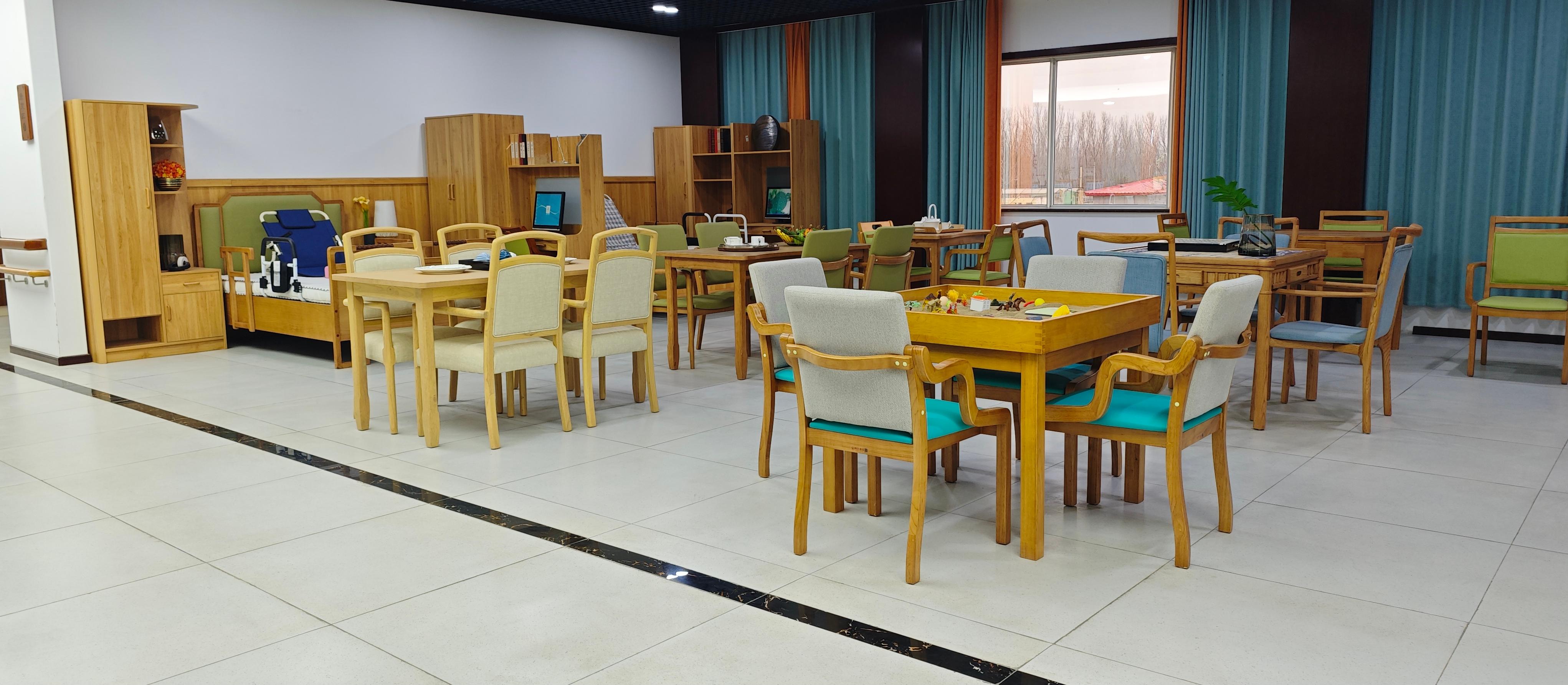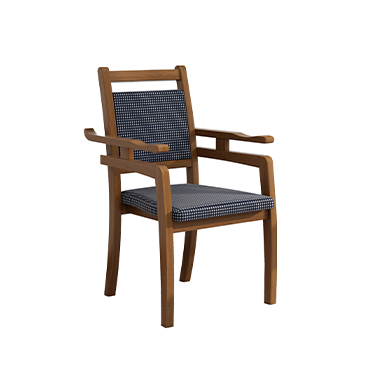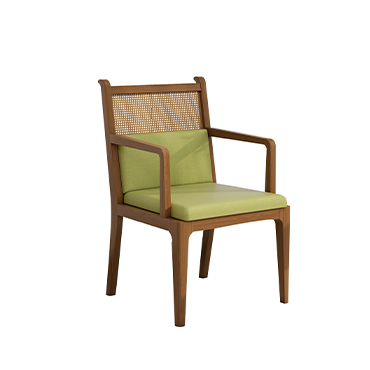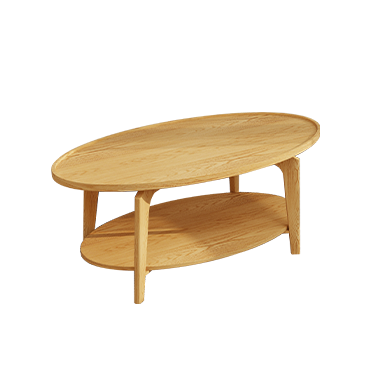How Senior-Friendly Furniture Helps Relieve Back Pain and Joint Problems in the Elderly
Back pain, stiff knees, sore shoulders—these chronic issues affect nearly every older adult at some point.
As the body ages, soft tissues deteriorate, joint lubrication decreases, and bone density declines. Simple daily movements like sitting, getting up, bending over, or turning in bed can become painful or even worsen existing musculoskeletal problems.
While medications and physical therapy are common interventions, studies increasingly show that well-designed senior-friendly furniture plays a vital role in easing pain and improving quality of life—offering a form of non-pharmacological, environment-based support.
01 Common Musculoskeletal Problems Among Seniors
According to the World Health Organization:
Over 60% of people aged 60+ experience chronic lower back pain
More than 30% suffer from degenerative knee osteoarthritis
Around 25% face shoulder impingement, cervical spondylosis, or osteoporosis-related pain
Incorrect sitting posture, poorly designed furniture, or lack of ergonomic support can often exacerbate these conditions.
02 How Senior Furniture Supports Pain Relief in Daily Life
1.Adjustable Beds: Reduce Spinal Pressure and Relieve Lower Back Pain
Adjustable beds allow seniors to elevate the head and legs, simulating a “zero gravity position,” which:
Naturally extends the spine
Forms an open angle at the pelvis and knees to reduce lumbar pressure
Improves blood circulation in the lower limbs and relieves swelling
Clinical studies confirm this posture significantly eases nighttime discomfort in those with lumbar strain or herniated discs.
2.High-Seated Chairs with Armrests: Ease Knee Joint Load
Regular chairs and sofas are often too low or too soft, making sitting down or standing up a strain on aging knees.
Well-designed senior chairs feature:
Optimal seat height (around 45–50 cm) to reduce knee bending
Stable, padded armrests for assisted standing and better weight distribution
Firm seat cushions to prevent sinking, which can cause pelvic tilting and spinal misalignment
Ideal for seniors with arthritis or those recovering from hip surgery.
3.Supportive Mattresses: Reduce Pressure Points and Improve Sleep Posture
Soft or sagging mattresses can lead to spinal misalignment and increased lower back stress.
Senior-grade orthopedic mattresses often include:
Zoned support structures for the shoulders, waist, and hips
Gel memory foam or natural latex for pressure relief and motion isolation
Medium-firm hardness, balancing comfort with effective support
Especially recommended for individuals with scoliosis, osteoporosis, or chronic joint conditions.
4.Ergonomic Desk Design: Relieve Neck and Elbow Strain
Incorrect desk height can lead to hunching, elevated shoulders, or neck fatigue—especially problematic for older adults.
Senior-friendly desks address these issues with:
Standardized height matching common senior sitting postures
Rounded front edges, reducing pressure on elbows and forearms
Multi-use tabletops, adaptable for reading, writing, or dining
This design enhances comfort for those with limited upper limb strength or chronic neck and shoulder discomfort.
03 Health Benefits Beyond Comfort
Non-drug intervention for chronic pain management
Slows progression of joint degeneration through reduced daily strain
Boosts confidence and independence by easing movement
Reduces caregiver burden, minimizing mobility-related incidents and discomfort
04 Final Thoughts: Furniture as an Invisible Healer
While degenerative joint diseases may not be fully curable, environmental adaptation offers a powerful form of daily support.
Senior-friendly furniture is not a luxury—it's a science-based tool for comfort, recovery, and dignity. From every sit, stand, lie-down, or meal, thoughtfully designed furniture plays a silent but significant role in managing pain and restoring confidence.
For seniors and their families, choosing the right furniture isn’t just about style—it’s an investment in health and long-term well-being.





